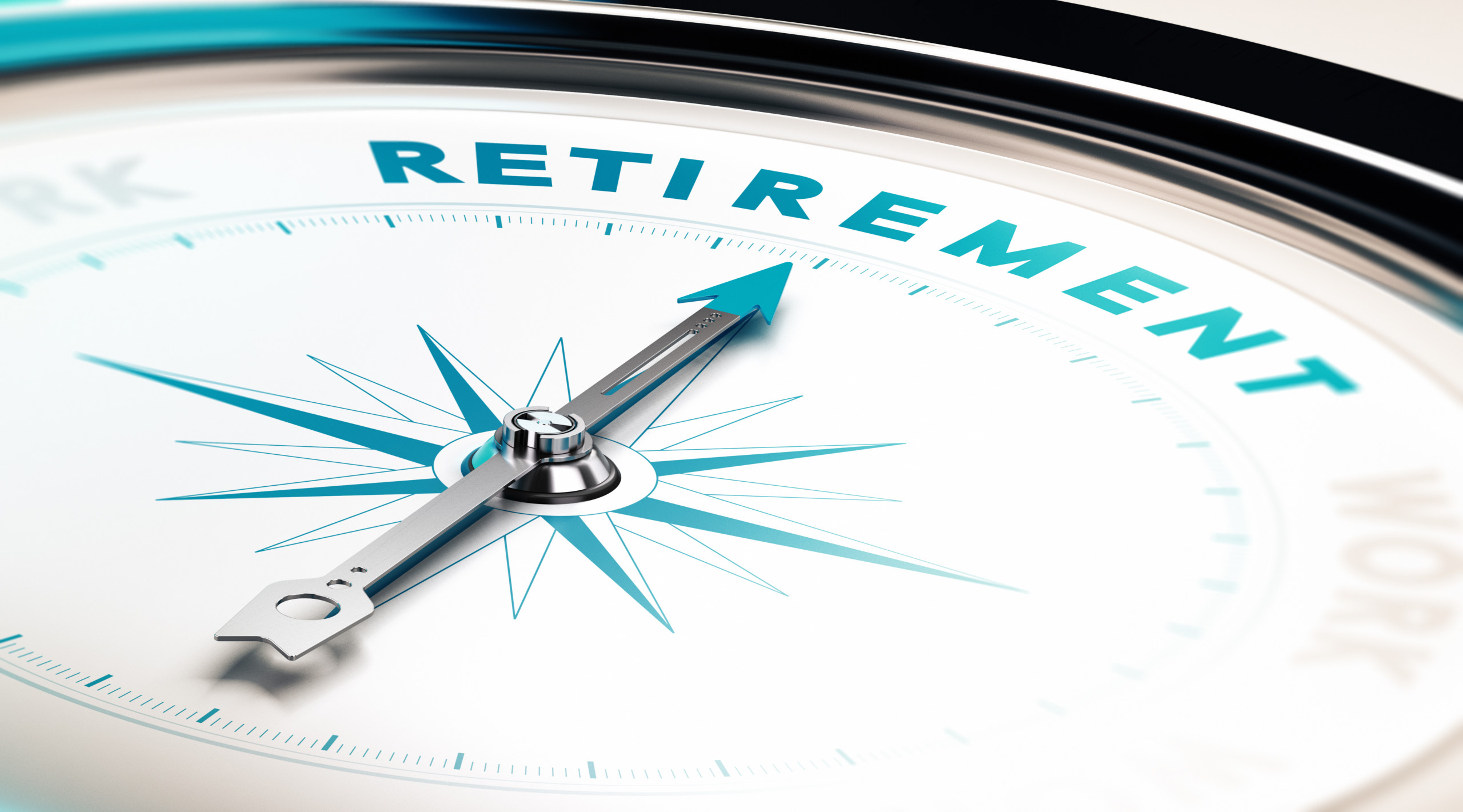My team at Capital Investment Advisors put together a guide with 101 retirement tips that can help you prepare for and/or help you navigate retirement. Of course, every situation is different, but incorporating this guidance can point you where you want to go.
Considering all your retirement options can feel like wandering through a maze. But with the proper planning, that confusing network of passages can transform from an unclear situation to a situation with well-defined financial and lifestyle retirement plans. The key is to find the pathway that works best for you.
We designed this guide for folks with $500,000 or more in investable assets but it can certainly be effective for those with less. I recommend taking advantage of every tip, but here is a quick and delicious taste to show what my crew cooked up for you.
TIP #4: Don’t Claim Social Security at the Wrong Time.
The prevailing idea of some, including the best-selling book on Social Security, Get What’s Yours by Laurence J. Kotlikoff, is that old age is the biggest threat to your retirement income plan. While I agree in many ways, it’s also imperative to remember that there is no right or wrong answer for when to take Social Security. Instead, the most productive moves depend upon the needs of the people making them.
Sixty-two is the earliest eligible age to claim Social Security, but your monthly benefit will increase every year that you wait to take it up until seventy. Does that mean waiting is a no-brainer? Not necessarily. You may have financial needs or health considerations that support an earlier start. And waiting too long can sometimes mean you never fully recoup the lost wages of your “retirement youth.” There are several Social Security calculators on the web. Find one that works for you.
TIP #19: RIDD Method to Generate Multiple Streams of Investment Income.
If you want to get “RIDD” of your 9-to-5 job, it can help to secure income in the form of Rent, Interest, Dividends, and Distributions, or RIDD. Let’s break this down.
Rent – a $150,000 home could produce about $1,000 monthly rent.
Interest – income generated by bonds.
Dividends – income from stocks.
Distributions – income from real estate investment trusts (REITs) and other investments that don’t fit neatly into the stock or bond category.
Depending on how you weigh each category, an income-producing portfolio could generate an annual “cash flow” in the 4 to 5 percent range.
Based on my experience as financial planner and studying happy retirees for over two decades, I believe retirees could withdraw around 5 percent from their investments assuming a balanced income portfolio. However, if you retire at fifty, you might consider withdrawing less and closer to 4 percent per year.
To put that into better perspective, a fifty-year-old with $1,000,000 in income producing investments could potentially withdraw $40,000 per year in gross income at a 4 percent withdrawal rate. Combined with one or two mortgage-free rental properties, that’s an income of roughly $50,000 to $60,000 per year.
If you’re ready to move away from your career but don’t yet have enough RIDD income, one option is part-time work. Whether in the same field or a new genre, part-time income could allow you to step out of the rat race without drawing on your nest egg immediately. The right part-time job might also provide health insurance.
Super early retirement is not easy to achieve, but the RIDD method can help make it more possible.
TIP #22: The Importance of Creating Three to Four Core Pursuits.
Core pursuits are hobbies on steroids, activities that bring you excitement and a sense of fulfillment while you’re doing them. They are the building blocks for happiness during your post-career years.
Fill time with three to four “core pursuits” to help enhance your quality of life when you are no longer working in retirement. These can be anything from socially engaging activities to part-time work, volunteering, singing in the choir, painting, taking college courses, playing tennis, golf, or even cowboy poetry and Civil War history, like my dad enjoys.
Core pursuits aren’t just for current retirees. They are for people in their thirties, forties, and fifties, and so on. The sooner you develop them, the better. In addition to upping your happiness quotient when you reach your golden years, they help you save and invest better. Above all, they generate a purpose for your money and a passionate reason to get out of bed in the morning.
TIP #32: Plan for never running Out of Money In Retirement.
A helpful rule of thumb to keep yourself honest when it comes to maintaining enough retirement savings is the 4 Percent Plus Rule. The idea is to withdraw only 4 to 5 percent from your retirement portfolio each year after you stop working. Studies have found that historically, a retiree could withdraw 4% of their initial retirement assets, and increase that amount every year to account for inflation, assuming a 50% to 75% portfolio allocation to stocks.
For instance, let’s say the Gonzalez family has a cool $1,000,000 stashed away for retirement. So, if they withdraw $40,000 (4% of $1,000,000) in their first year of retirement, during their second year, they can withdraw the same $40,000, except this time account for inflation. So, if inflation is at 5%, they’d take out $42,000 (the extra $2,000 being 5% of their $40,000 starting point). And so on for the next year and the next.
The disciplined use of these defined amounts dramatically increases your chances of your money lasting you through retirement, especially if your 401(k) is the primary source of income. In addition, the more assets and retirement income you have, such as rental properties or a part-time job, the less you will need to withdraw. Therefore, stretching out your 401(k) by only withdrawing small amounts can be highly beneficial.
TIP #63: The 6 Percent Test — Know If You Should Take a Lump Sum vs. Monthly Pension.
How do you know which one to pick if you can choose between a lump sum or monthly pension allotments? A helpful indicator is the 6 Percent Test. 6% is an industry average of expected returns over time in invested in the S&P 500, so it serves as a guide to factor in when weighing lump sum vs. monthly pension.
First, determine if your pension passes the 6 percent test by taking your monthly payment and multiplying it by twelve. Then, divide that number by the lump sum offer.
For example, an allotment of $1,000 per month for life beginning at age sixty-five vs. a $160,000 lump sum today.
$1,000 x 12 = $12,000
$12,000 ÷ $160,000 = 7.5 percent.
This means that the monthly pensions may be a better deal long-term (7.5 percent is greater than 6 percent) than a lump sum. On the other hand, if the number is below 6 percent, you likely can do as well (or better) by taking the lump sum, investing it, and then paying yourself each year.
The bottom line is that there’s more than one way to find happiness in retirement. Don’t keep second-guessing yourself if your instincts differ from your neighbor’s. I’ve worked with happy and unhappy retirees and have seen firsthand which principles and habits can make a huge difference. Do yourself a favor and become familiar with these 101 retirement tips so you can make the best decisions for yourself and your family.
This information is provided to you as a resource for informational purposes only and is not to be viewed as investment advice or recommendations. Investing involves risk, including the possible loss of principal. There is no guarantee offered that investment return, yield, or performance will be achieved. Stock prices fluctuate, sometimes rapidly and dramatically, due to factors affecting individual companies, particular industries or sectors, or general market conditions. For stocks paying dividends, dividends are not guaranteed, and can increase, decrease, or be eliminated without notice. Fixed-income securities involve interest rate, credit, inflation, and reinvestment risks; and possible loss of principal. As interest rates rise, the value of fixed-income securities falls. Past performance is not indicative of future results when considering any investment vehicle. This information is being presented without consideration of the investment objectives, risk tolerance, or financial circumstances of any specific investor and might not be suitable for all investors. There are many aspects and criteria that must be examined and considered before investing. Investment decisions should not be made solely based on information contained in this article. This information is not intended to, and should not, form a primary basis for any investment decision that you may make. Always consult your own legal, tax, or investment advisor before making any investment/tax/estate/financial planning considerations or decisions. The information contained in the article is strictly an opinion and it is not known whether the strategies will be successful. The views and opinions expressed are for educational purposes only as of the date of production/writing and may change without notice at any time based on numerous factors, such as market or other conditions,













